Foodservice POS software operations come with directors and managers are responsible for an operating budget. Even if the purpose of the on-site employee cafe or coffee bar is to serve as a benefit or perk to employees, the profitability of the operation is still measurbale, and the finance department wants to know if the operation is in the red, at break even, or in the black.
There are two ways to improve profitability: increase revenue or reduce operating costs. This article explores the reduction of foodservice POS software operating costs through the use of tighter cost control in foodservice POS software purchasing and receiving activities.
Foodservice POS Software Solutions
As part of inventory management, tracking food and beverage items should be available in an inventory file or database, making it possible to monitor purchasing expenditures and make better purchasing decisions. Whether ordering inventory by purchase order or non-purchase order, it is vital to enter items in receiving into inventory accurately to maintain the integrity of on-hand inventory count and cost. To ensure that order items arrive to specifications, verify the quantity and cost of all items being you receive against the invoice.
Most cafeterias and coffee bars have many inventory items, such as canned soda, bags of chips, and bottled water, which are always in stock and are then re-ordered when inventory levels reach a defined level. When receiving these items that already exist in inventory, compare the current cost to the previous cost. If the actual cost of the item is different that the cost at which you ordered or previously received it, then enter the new cost into the inventory system. If the cost has increased, you have an informed decision to make; either absorb the price increase by continuing to sell the item at the current price, and thus accept a reduced profit margin on the item, or maintain your current profit margin, and offset the cost increase with a price increase.
Foodservice POS Software Cost Control
For example, if bottled water has been received in the past at a unit cost of $1.00 and is sold at a price of $1.35, then the profit margin is 25.93%. Should the unit cost increase to $1.10, you may decide to continue selling each bottle of water at the $1.35 price at a lower margin of 18.52%, or increase the price to $1.48 offset the cost increase. Either way, you have made an informed decision weighing profitability against what you believe customers are willing to pay for a particulate item.
Daily, monthly, and year-to-date receiving reports will show you all the items you have received on a selected day or month or during a date range. Use additional reports, such as end-of-day, stock status, inventory analysis, and sales history reports, to view sales and profitability performance by item, meal service, vendor, department, or user sort. These views give you the ability to manage profitability by the department and thus offset low-margin items with other higher-margin items within the same department or category.
Learn more about hospital cafeteria POS
Author: Kathy de la Torre, ARBA Retail Systems


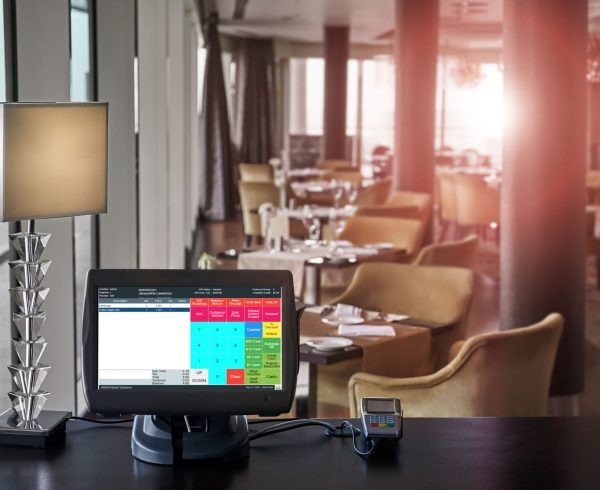
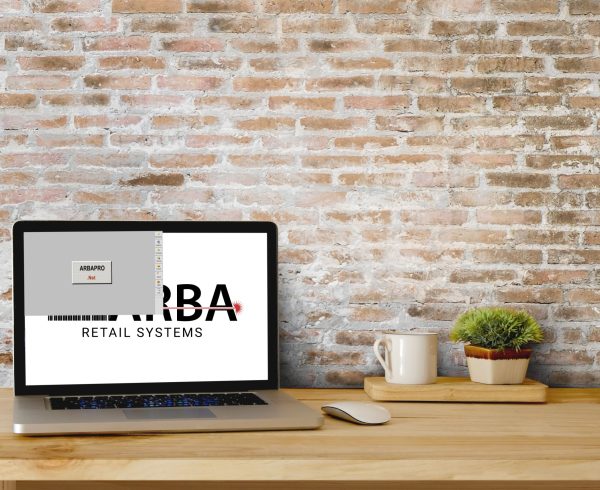
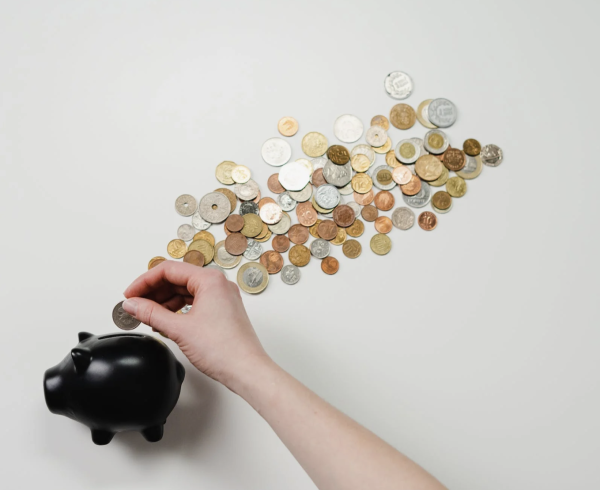
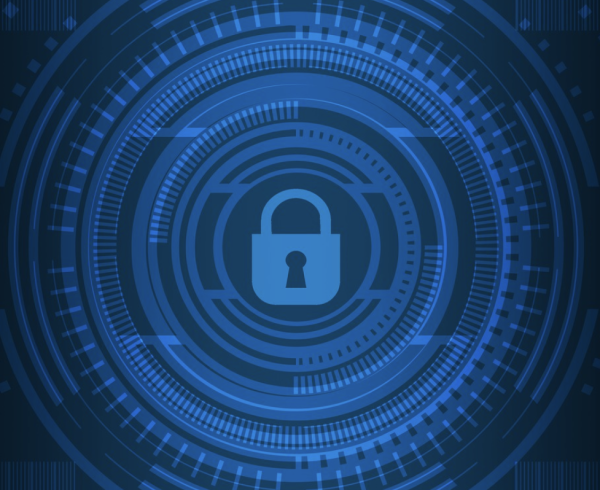
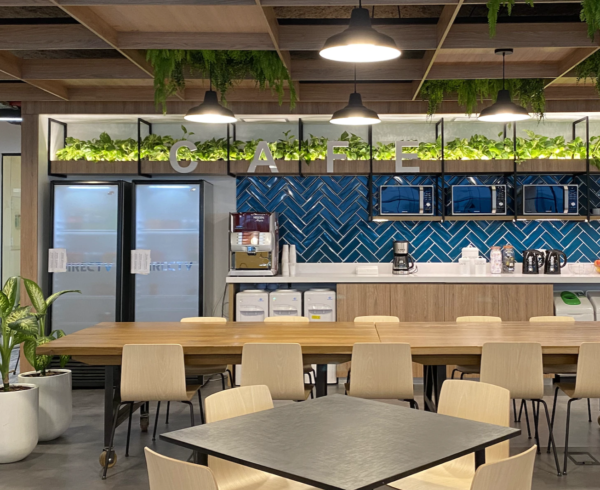
Leave a Comment